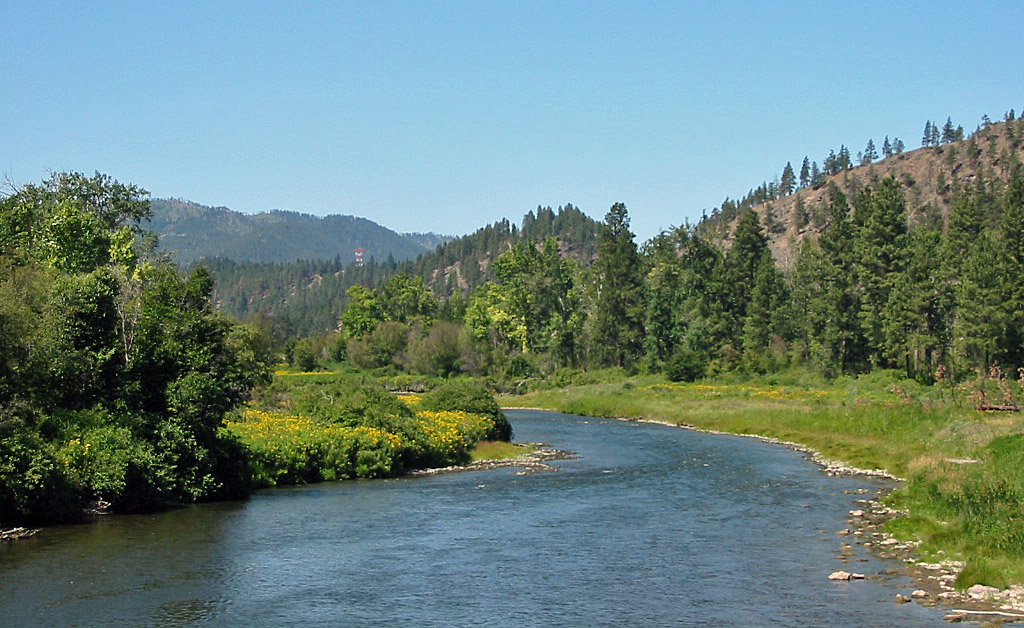Clark Fork Coalition (CFC) is a watershed restoration and advocacy organization located in western Montana. The organization recently chose Hot in the Kitchen and TPI to re-think their website, and opted for a more strategic approach rather than just ‘refreshing’ the existing site. TPI used a user-centered design approach, utilizing UX research to address the challenge.
Together, the organizations evaluated the site’s objectives, learned visitors’ goals, and made informed decisions on how to structure the site to achieve those objectives.
A User-Centered Design Process
The user-centered design process involves conducting audience research to help inform design decisions like the website layout, navigation, and content. The data collected helps validate assumptions about the target audience. The redesign addresses user pain points and fulfills their needs, creating a more user-friendly and effective user experience.
A crucial part of the process involves creating user personas. User personas represent the site’s target audience and reflect aspects, viewpoints, and interests of site visitors.

Creating User Stories to Guide Website Design
TPI, Hot in the Kitchen, and Clark Fork Coalition collaborated to identify and define seven distinct personas for the Clark Fork website, and collected user stories for each persona. A user story is a brief statement that articulates a single site visitor objective. For example: “As a retiree, I want to learn more about ways to volunteer my time to help my backyard creek.” Individuals at Clark Fork thought about what each persona would want, what might intrigue them, and what might confuse them.
With TPI’s guidance, Clark Fork Coalition sorted and prioritized these user stories. To discover patterns, collect insights, and organize user needs, a list of topic categories and subcategories was created. And after the completion of personas and user stories (and much discussion around them), project stakeholders identified these desired outcomes for visitors:
- Understand that there’s ongoing activity in the Clark Fork basin – both risks/threats and actions/solutions.
- Answer questions about concerns related to water quality in the area.
- Develop an understanding of the “what,” “why,” and “how” of the Clark Fork Coalition.
- Build trust in CFC as an informed authority about what’s going on and what needs to be done.
- Understand why support for the waterway is necessary and why CFC is the right platform.
- Be given opportunities to act with different commitment levels.
Putting UX Expertise to Work
The research found a strong correlation between user interests and Coalition objectives but identified some interesting differences. For example, both groups were interested in climate change and water rights. Visitors focused on problems and risks. But, the Coalition emphasized information about the organization and addressing current issues in the basin.
Based on user research, TPI proposed a plan to reorganize the site. They suggested UX strategies to address visitor needs and site objectives. These included using navigation labels that answer user questions more directly, maintaining and promoting active status information (not just ‘evergreen’ content), and building lateral pathways between general ideas (e.g., “sedimentation”) and specific issues (“Removing the Milltown Dam”). The team proposed adding a dynamic map and a threat board to the website to better showcase CFC’s work.
Next Steps with the Website Redesign
TPI and Hot in the Kitchen are still working hard on the website revamp process. This includes planning for content generation and collection, hosting and migration, graphic design and prototyping, and programming. Nevertheless, TPI is confident that the website remodels, when completed, will meet users’ needs and the Coalition’s. Thanks to the new suggested site hierarchy and well-considered personas, the team is satisfied in their approach.
“We have been very impressed with TPI’s thoughtful, comprehensive, responsive, and very strategic approach to our website rebuild” said Pat Ortmeyer, Development & Communications Director at Clark Fork Coalition. “[They] solicited, then wrangled and made sense of an enormous amount of data and input about an organization with a very complex and far-reaching mission. Along the way [they] listened with kindness and an open mind, helped us clarify our thinking, and deftly adjusted and fine-tuned [their] analysis.”
Will a User-Centered Design Approach Work For Your Business?
If you want to know if your website is answering your users’ questions, providing relevant information, and gaining their trust and support, contact us at TPI! We can help with website issues and explore if a user-centered design approach and conducting user research could benefit your website operations.

